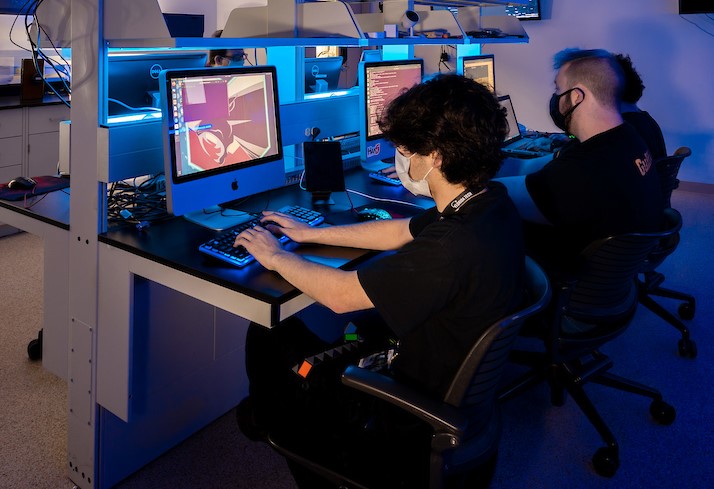Document Type
Conference Proceeding
Publication Title
Proceedings of SPIE - the International Society for Optical Engineering
Abstract
The imaging sensors are able to provide intuitive visual information for quick recognition and decision. However, imaging sensors usually generate vast amount of data. Thus, processing of image data collected in the sensor network for the purpose of energy efficient transmission poses a significant technical challenge. In particular, when a cluster of imaging sensors is activated to track certain moving target, multiple sensors may be collecting similar visual information simultaneously. With correlated image data, we need to intelligently reduce the redundancy among the neighboring sensors so as to minimize the energy for transmission, the primary source of sensor energy consumption. We propose in this paper a novel collaborative image transmission scheme for wireless sensor networks. First, we apply a shape matching method to coarsely register images to find out maximal overlap in order to exploiting the spatial correlation between images acquired from neighboring sensors. A transformation is generated according to the matching results. We encode the original image and the difference between the transformed image and reference image. Then, we transmit the coded bit stream together with the transformation parameters. This will significantly reduce the transmission energy comparing with transmitting two individual images independently. To exploiting the temporal correlation among images in the same sensor, we assume that the imaging sensors and the background scenes remain stationary over the data acquisition period. For a given image sequence, we transmit background image only once. A simple background subtraction method is employed to detect targets. Whenever targets are detected, only the regions of target and their spatial locations are transmitted to the monitoring center. At the monitoring center, the whole image can be reconstructed by fusing the background and the target image as well as its spatial location to further reduce energy consumption. Experimental results show that the transmission energy can be greatly reduced.
First Page
628
Last Page
635
DOI
10.1117/12.538284
Publication Date
1-18-2004
Recommended Citation
Wu, M., & Chen, C. W. (2004). Collaborative image transmission over wireless sensor networks. Paper presented at the Proceedings of SPIE - the International Society for Optical Engineering, , 5308(PART 1) 628-635. doi:10.1117/12.538284


